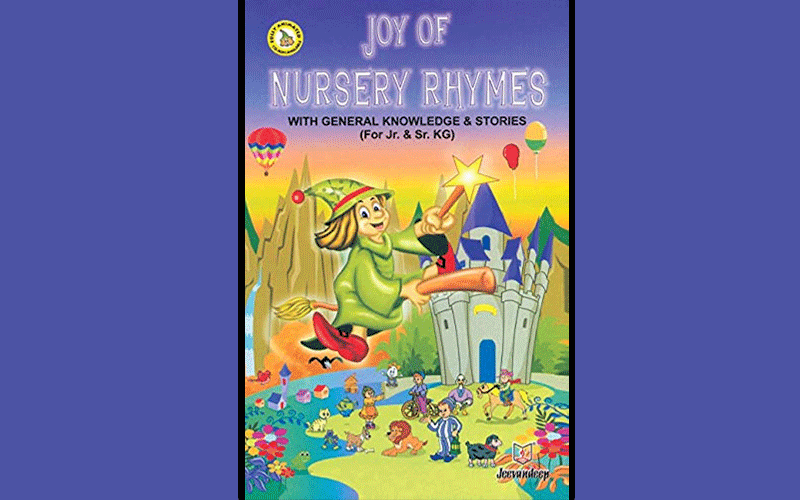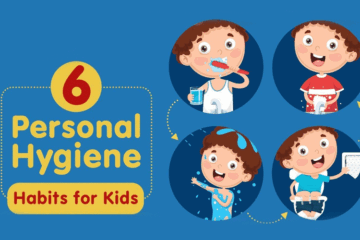Nursery rhymes have been a cherished part of childhood for generations. From “Humpty Dumpty” to “Twinkle, Twinkle, Little Star,” these short and rhythmic verses captivate young minds with their catchy tunes. “The Joy of Nursery Rhymes: A Collection for Children” is a delightful anthology that celebrates the magic. This article explores the significance of nursery rhymes in early childhood development and highlights the charm of this particular collection.
The Importance of Nursery Rhymes in Early Childhood:
Nursery rhymes play a vital role in early childhood development. They help children develop essential language skills, including vocabulary, phonemic awareness, and rhythm. The repetitive nature of nursery rhymes enhances memory and aids in the acquisition of language patterns. Additionally, these rhymes foster imagination, creativity, and cognitive development as children engage with the vivid imagery.
“The Joy of Nursery Rhymes: A Collection for Children”:
“The Joy of Nursery Rhymes: A Collection for Children” is a carefully curated anthology that brings together a wide array. From traditional favorites to lesser-known gems, this collection offers a comprehensive assortment designed to captivate and engage young readers. Each rhyme is presented with colorful illustrations that enhance the visual appeal and provide additional context for the verses. The book is thoughtfully organized, allowing for easy navigation and exploration of various themes.
The Charm and Educational Value:
What sets “The Joy of Nursery Rhymes: A Collection for Children” apart is its ability to evoke a sense of joy and wonder. The The vivid illustrations breathe life into the characters and scenes, immersing young readers in a world of imagination and play. The rhythmic patterns and melodic flow of the rhymes not only make them enjoyable to recite but also support the development of early literacy skills, such as phonological awareness and language fluency.
Incorporating Nursery Rhymes into Daily Life:
Nursery rhymes offer a multitude of opportunities for shared experiences and bonding between parents, caregivers, and children. By including nursery rhymes in a child’s daily routine, parents can create meaningful moments of connection and learning. Reciting rhymes together fosters a sense of security, builds vocabulary, and strengthens the parent-child relationship.
Conclusion:
“The Joy of Nursery Rhymes: A Collection for Children” is a treasure trove of timeless rhymes that inspire imagination, foster language development, and create lasting memories. This anthology’s carefully selected verses and vibrant illustrations make it an invaluable addition to any child’s library. By embracing the joy and educational benefits of nursery rhymes, parents and caregivers can provide a strong foundation for their children’s linguistic and cognitive growth, while enjoying the enchanting world of nursery rhymes together.





